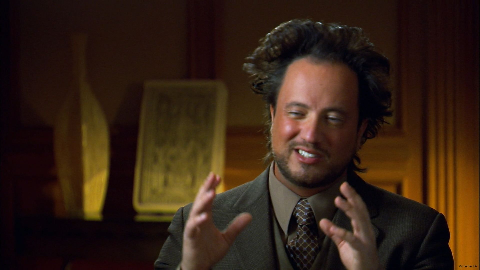It’s been a while since I’ve written about any of the projects I’m working on. Let’s fix that with a general mid-year projects progress update.
Porydex has been on a development hiatus since I finished the Advanced Search pages last year. I think that’s fine; nothing else on my Porydex To-Do List comes close to how important those pages were. In fact, I’m actively using them pretty often! Every time a new 7 Star Tera Raid drops in Scarlet/Violet, I use the Advanced Pokémon Search page to find anything that resists all (or at least most) of the raid Pokémon’s attacks.
When Legends Z-A comes out in October, I’ll of course drop everything else I’m doing and import all the new data into Porydex, as is tradition.
***
Since February, I’ve been working on a game. A straight up passion project of absurd magnitude, the likes of which I’m realistically not going to come close to ever finishing (on my own, at least). Yet, I’m filled with joy every day that I make even an inch of progress on it.
It’s a TCG RPG.
A trading card game (like Pokémon, Yu-Gi-Oh!, Magic: the Gathering, etc.) used as the foundation for both the combat and the collectibles inside a traditional RPG video game. So I’m not just making one game; technically I’m making two: a fully original TCG, plus an RPG world to play it within.
Progress is stupid slow, because I’ve embraced this being an eternal side project and not something I’ll ever want to quit my day job for. (Side note: That’s some huge character growth from me! For years, I wanted “eventually” “be a writer”—which mostly entailed thinking I needed to somehow become a successful enough writer that I could write full time, and then berating myself for never writing enough. Because most of the time… I didn’t actually want to write.)
Anyway, progress is slow. But at the same time, I truly am working on this project most days, in some area. And thankfully for my ADHD-addled ass, there are SO MANY unrelated areas I could work on any time I get bored of the current focus:
- Designing more cards for the TCG.
- Adding features to my card design tracking application. (Making this early on was a big tangent, but very useful!)
- Writing out more of the TCG Comprehensive Rules document. (I’ve also been reading the CR documents for MTG, Star Wars: Unlimited, and Disney Lorcana. It’s hilarious how similar they are in some places.)
- Writing the code for the TCG game engine so far.
- Worldbuilding and plot outlining for the RPG.
- Writing the code for the RPG. (This is very different from writing the code for a TCG rules engine!)
- Playing the Pokemon Trading Card Game for Game Boy, for research. (I had never played it before! And I’m glad I did; I learned a lot about what not to do.)
So that’s a lot of what I’ve been doing lately. It’s fun to be making something again—especially a game, since my end-of-generation Nintendo Switch gaming spree is also still going strong. Is it weird that I’ve gotten more playtime out of my Switch in the last year, the actual last year of the console’s natural lifespan, than any other? Maybe. But it also directly led to me jumping back on the game dev train, so who am I to judge?

